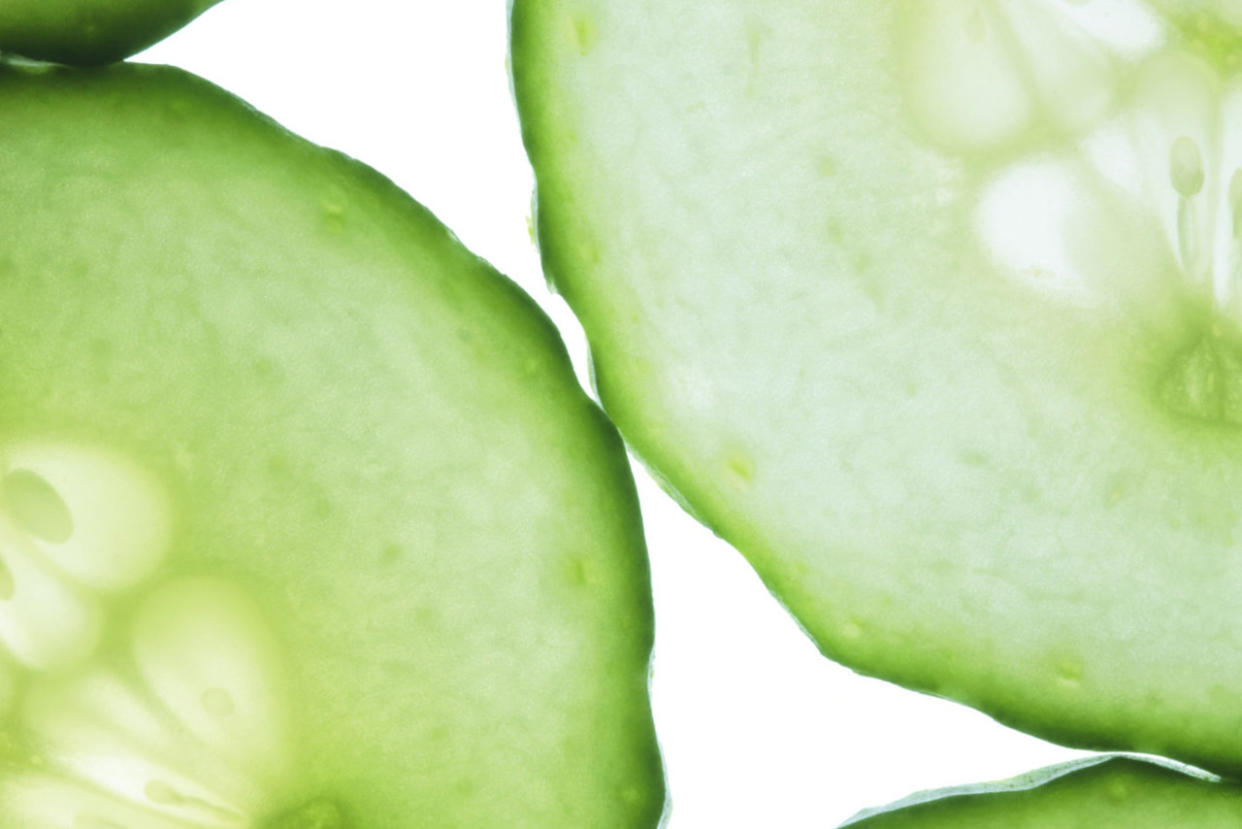Another Death Related to Cucumber Salmonella Outbreak, 732 People Sickened

(Photo: Getty Images)
According to the Centers for Disease Control and Prevention, another person has died after consuming cucumbers linked to a multi-state Salmonella outbreak.
The victim lived in Oklahoma and was the fourth to succumb to an outbreak that’s left 732 people sick. The outbreak of Salmonella Poona — which arose from cucumbers grown in Mexico distributed by San Diego-based Andrew & Williamson Fresh Produce — has left 150 people hospitalized in 35 states, according to the CDC. Half of those affected are children.
On September 4th, Andrew & Williamson voluntarily recalled its “Limited Edition” brand label because it may be contaminated with Salmonella. The company also shut down field and packing operations associated with the recalled product on that same day. Due to the effectiveness of the September 4 recall as well as the perishability of this product, the Andrew & Williamson says that it is highly unlikely consumers would still be able to purchase any of the recalled cucumbers.
“We want to let those affected know that we are cooperating fully with health officials to ensure we are doing everything possible to learn how this could have happened,” a company spokesperson told Yahoo Health.
But even though the recall has been in effect for six weeks, the CDC says more people could become ill, because cucumbers have a shelf life of 14 days, and it can take up to a week from the time people eat contaminated food before they get sick.
Related: Why Recent Food Poisoning Outbreaks All Began in This One State
The Limited Edition cucumbers (also known as “slicer” or “American” cucumbers) were distributed in the states of Alaska, Arizona, Arkansas, California, Colorado, Florida, Idaho, Illinois, Iowa, Kansas, Kentucky, Louisiana, Minnesota, Mississippi, Montana, Nevada, New Jersey, New Mexico, North Dakota, Oklahoma, Oregon, South Carolina, Texas, and Utah. The CDC says the cucumbers may have been distributed to retailers in other states as well.
Salmonella Poona isn’t as common as Salmonella Enteritidis, but the symptoms — fever, vomiting, diarrhea — are the same, Benjamin Chapman, PhD, an assistant professor and food-safety extension specialist at North Carolina State University, tells Yahoo Health.
“It’s not one that we see every year,” he says, adding that Salmonella Poona outbreaks have also been linked to imported cantaloupes and turtles.
Salmonella (including Salmonella Poona, Enteritidis, and other strains) causes approximately 1.2 million illnesses and 450 deaths in the U.S. each year, according to CDC estimates.
Mike Doyle, PhD, director of the Center for Food Safety at the University of Georgia, tells Yahoo Health that contamination usually occurs when the outside of the cucumber comes in contact with fecal matter, usually from contaminated irrigation water or manure.
Related: How Clean Is Your Pre-Washed Spinach? Probably Not as Clean as You’d Like
It’s also possible that the inside of the cucumber could be contaminated, says Chapman, adding that “everything the cucumber comes into contact with, from farm to fork, could lead to contamination.”
While it’s likely that the contamination is on the skin of the cucumber, Chapman says it’s too early to tell with this outbreak. And, he adds, it’s safer to assume that your entire cucumber may be infected.
Unfortunately, it’s difficult for consumers to know the brand name of their cucumber since they’re often sold individually and without labeling.
If you’re not sure where your cucumbers originated, Chapman recommends calling and asking the store from which you purchased your cucumbers. But, the CDC says, “when in doubt, don’t eat, sell, or serve them, and throw them out.”
Read This Next: Massive Chicken Recall: 1.7 Million Pounds of Barber Products May Be Contaminated With Salmonella

